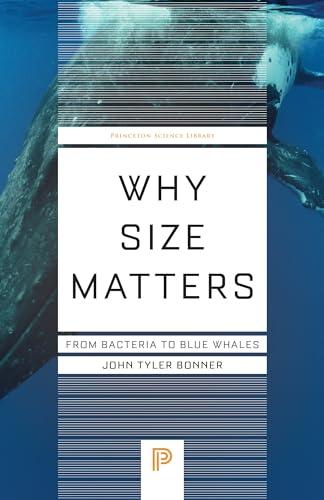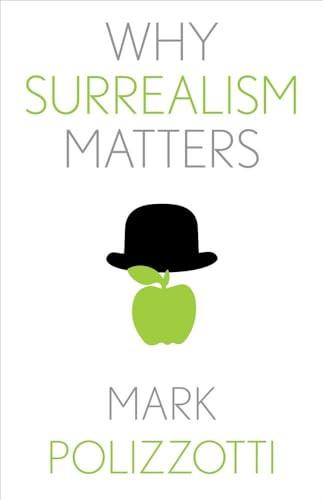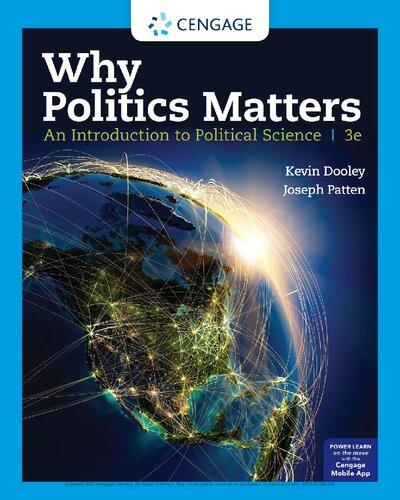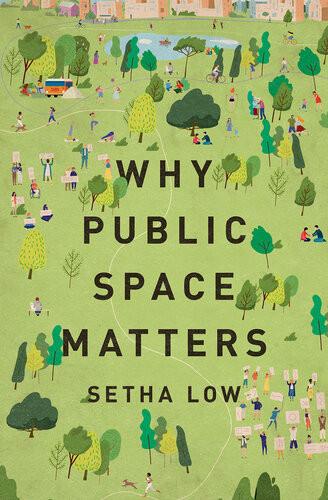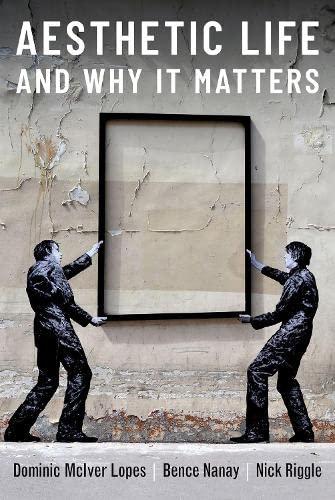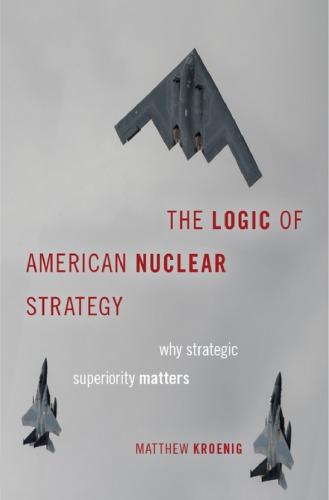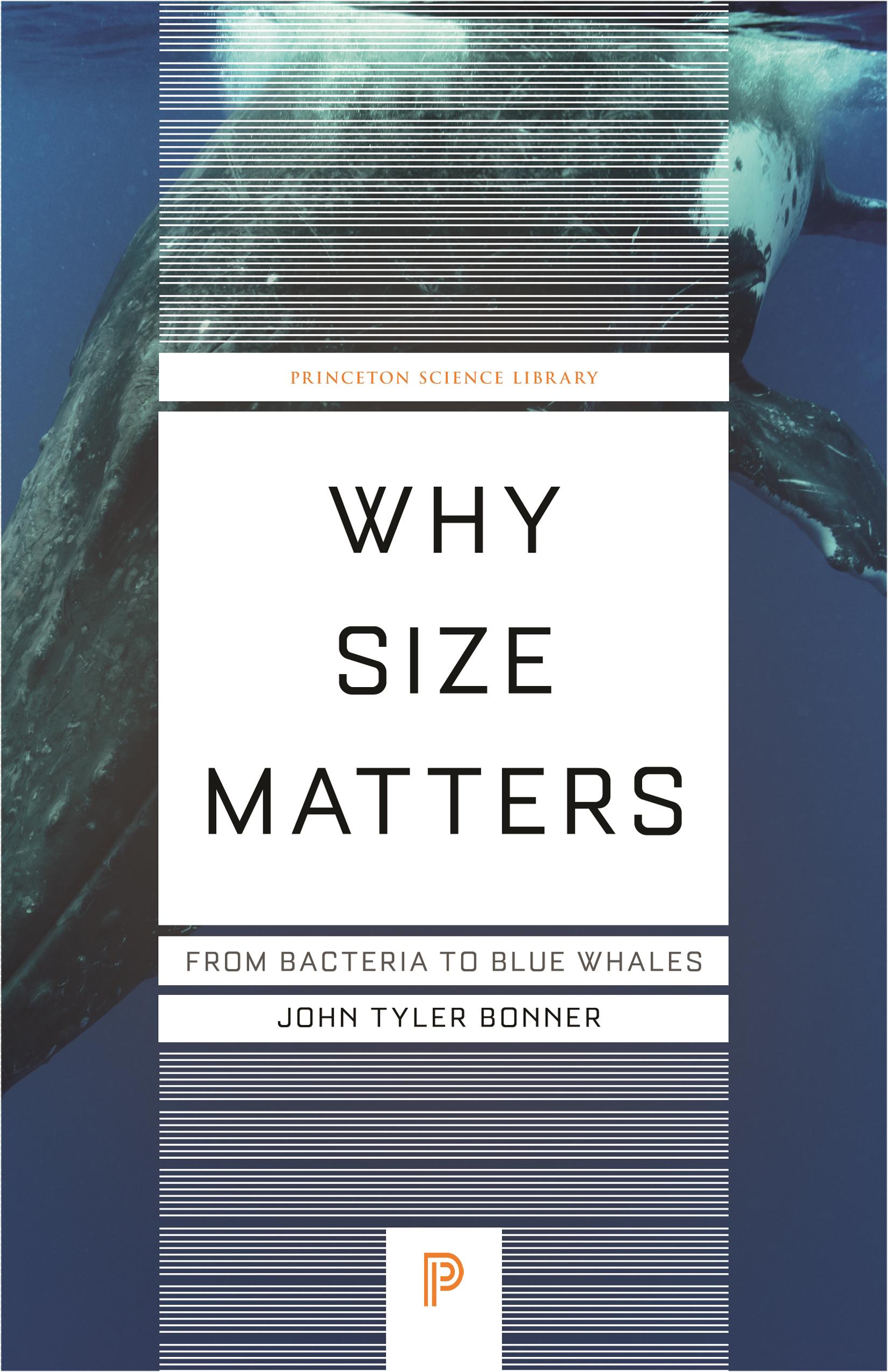for Slawa
One can live in the shadow of an idea without grasping it.
Elizabeth Bowen
PREFACE
Our interest in the size of things is entrenched in the human psyche. It reveals itself in literature from Gulliver’s Travels, to the Grimms’ fairy tales, to Alice in Wonderland. We see it in our daily thoughts of our growing children, of the people who are around us, of our pets, of the fish we catch, of the portions of the food we are served, of the clothes we buy—are you small, medium, or large?—and one could go on and on. There is hardly anything we observe in daily life that we, either consciously or unconsciously, do not take measure of its size. We love to measure everything with rulers and scales and clocks. I began to think of the matter of biological size years ago when I first read that glorious chapter in D’Arcy Wentworth Thompson’s On Growth and Form called “On Magnitude.” It is a model of insight, erudition, and beautiful prose. He showed me that size and shape are indeed interrelated and that the reason that this is so is a matter of physics that underlies the biology. From this initial inspiration there slowly grew inside me the feeling that there was a hidden other dimension of the
subject that was eluding me. That inner feeling persisted for many years, and slowly something began to take shape. I am finally putting it all together in this book—I feel as though those shadowy thoughts have erupted through the surface.
This book is a summary of those thoughts. It is an enormous subject that I try to bring down to reasonable dimensions so that I can include it all. As will be clear, I am interested in painting the big picture on a small canvas.
If we are a bacterium, or an elephant, or a human being, we have our own size worlds, and for each of us there are things smaller and larger than ourselves. But no one can escape the universal rules imposed by size.
In looking at the subject of biological size in its entirety, from large to small, from plant to animal to microbe, it will be evident that everything is interconnected. An examination of the effects of size is a way of bringing all life together.
� f c
Just as the content of this book has almost taken a lifetime to mature, the actual writing has been an equally painful and slow process with innumerable adjustments and corrections in my course as I proceeded.These were greatly helped by the kindness and wisdom of numerous individuals to whom I am deeply indebted. Before I even began the book, my colleague Henry Horn was enormously helpful (as he has always been
over the years) in purifying my thoughts about size. At a very early stage of writing I had the help of my friend Jonathan Weiner, who urged on me the need for a sense of direction. The first complete draft of this book (still in its underwear!) was prematurely sent to two anonymous readers, and while the comments of one of them were highly critical, they gave me the needed jolt at just the right moment. Later drafts were greatly improved due to the comments of Sam Elworthy, Brian Hall, Slawa Lamont, Mary Jane West-Eberhard, and another anonymous reviewer. Also I want to thank David Kirk for his help with the section on Volvox and its relatives, and my colleague Ted Cox on some matters of physics. I almost feel as though they all ought to be listed as co-authors. My special thanks to Alice Calaprice and Deborah Tegarden for their skill and great help in seeing the book through its final stages of preparation. Finally I would like to thank Hannah Bonner for applying her superb illustrator skills to produce seven of the original drawings.
Margaree Harbour
Cape Breton, Nova Scotia
WHY SIZE MATTERS
INTRODUCTION
In the seventeenth century it was held by some that inside a human sperm there was a minute human being—a homunculus—that was planted inside the womb. Development consisted of the miniature homunculus enlarging and passing through birth and on to maturity—just like inflating a balloon. There were others, going back to the early ideas of Aristotle and the many who followed him, who took the view that vast changes in shape occurred between egg and adult, for it could be plainly seen that the early stages of development of any animal bore no resemblance to what came later. These two views frame the point I want to make in this book. In the case of the homunculus, shape is totally unconnected to size; as size increases shape remains unaltered. In the other case—now totally accepted—as size increases from egg to adult, the shape must change; there is no alternative.
Let me put the matter in another way. If an engineer is commissioned to build two bridges, one across the Hudson River and the other across a brook no more than 30 feet wide,
it is quite obvious that the two bridges will be very different in their appearance. Even more importantly, they will differ in their construction and materials. These differences will have nothing to do with the artistic whims of the engineer, at least for the larger bridge: they are absolute requirements. Any attempt to build the Hudson River bridge with wooden planks would collapse into the water long before it was finished. The elaborate steel trusses and the carefully designed architecture of the huge bridge are demanded by the width of the Hudson—it is dictated by its large size. As we shall see, this perfectly mirrors what happens in living organisms; they too cannot escape the conditions set by size; they have no choice.
With these thoughts in mind, let me state the main argument of this book. Changes in size are not a consequence of changes in shape, but the reverse: changes in size often require changes in shape. To put it another way, size is a supreme regulator of all matters biological. No living entity can evolve or develop without taking size into consideration. Much more than that, size is a prime mover in evolution. There is abundant evidence for the natural selection of size, for both increases and decreases. Those size changes have the remarkable effect that they guide and encourage novelties in the structure of all organisms. Size is not just a by-product of evolution, but a major player. Size increase requires changes in structure, in function, and, as we will see, in other familiar evolutionary innovations. It requires them because they are 2 / CHAPTER 1
needed for the individual to exist. Life would be impossible without the appropriate size-related modifications.
The subject of size has not been ignored in the past. Quite to the contrary, and as will be clear in the pages to come, there is a great literature on matters of size, beginning with the Greeks and bursting into flower with Galileo. This is true for the West, and no doubt there are similar traditions in other cultures.
However, the subject is always to some degree fragmented because it is generally introduced as an adjunct to some other biological phenomenon or property. For instance, the topic might be running speed, or rate of metabolism, or one of many other possibilities, and in the discussion of each of these phenomena the crucial role of size would be included. Many of the themes treated in this book can be found elsewhere. Here I wish to look at them from a different point of view—from the other end of the telescope—and show that the biological world revolves around size.
The mindset that size is not a central issue is quite understandable. To say an elephant is big says nothing about all the things that make an elephant: its anatomy, its physiology, and even its behavior.These are the aspects that draw our attention and the matters we want to study. Yet size is an overarching issue. Its effect is something that no organism, from the smallest bacteria to the largest whale, can escape. It governs their shape and all their activities in a way that is of fundamental significance. Size dictates the characteristics of all living
forms. It is the supreme and universal determinant of what any organism can be and can do. Therefore, why is it a subject that always resides in the wings rather than center stage?
The main reason is that organisms are material objects while size is a bloodless geometric construct. Any object, whether animate or inanimate, will have a size. Airplanes, boats, or musical string instruments vary in size just like animals and plants, and in all cases their size and their material construction are totally different matters even though they affect one another.
That the role of size has been to some degree neglected in biology may lie in its simplicity. Size may be a property that affects all of life, but it seems pallid compared to the matter which makes up life. Yet size is an aspect of the living that plays a remarkable, overreaching role that affects life’s matter in all its aspects. It is a universal frame from which nothing escapes. There are many things one wants to know about size, in particular those that concern its evolution. For instance, what is the evidence for my contention that size differences are a prime object of natural selection and are followed by changes in construction? What is the relation between size and internal complexity—that is, the division of labor—and, again, what is the evidence for which came first? What is the relation between size and the timing of all living activities such as the speed of movement of animals, or life span; and does size impose the timing, or the reverse? As we shall see, it
is generally true that size is the prime mover: if size changes occur through the agency of natural selection, all those other matters must follow.
SIZE RULES
In the pages to come we will see many examples of where size rules life. They are supported by correlations in which various properties of organisms vary with size. It is these correlations that provide the foundation, the underpinning, for my contention that size rules life. The correlations can be stated in the form of five rules that will be briefly mentioned here and expanded and explained later.The rules are as follows:
RULE 1 Strength varies with size.
RULE 2 Surfaces that permit diffusion of oxygen, of food, and of heat in and out of the body, vary with size.
RULE 3 The division of labor (complexity) varies with size.
RULE 4 The rate of various living processes varies with size, such as metabolism, generation time, longevity, and the speed of locomotion.
RULE 5 The abundance of organisms in nature varies with their size.
6 / CHAPTER 1
Each of these rules will be put in its proper context. Some are physical or engineering principles; rules that apply for size differences occur in the inanimate as well as the animate. A central issue is the role of size in evolution, and this can be seen in numerous manifestations. Size also affects in many fundamental ways the physiology of animals, plants, and other organisms; in fact, this is true for all aspects of living things that involve time or rates of activity. And the human interest in the matter of size (including my own) will not be neglected.
THE HUMAN VIEW OF SIZE
It is only natural that we should measure everything in the world around us in terms of our own size. An elephant is bigger than we are, and a mouse is smaller. Some years ago,TimeLife was publishing a series of illustrated books on various subjects, and they called me up to ask for advice on a book they were doing on the general subject of growth—would I please come in to New York to discuss the matter with their editors, for they had numerous questions they wanted to ask an interested biologist. I no longer remember what those questions were, but at the end of our conference they said they were having difficulty thinking of a suitable photograph for the cover of the book. I thought about it as they were talking, and suggested they should have the large open hand of a man and in his palm have the hand of an infant. They did not seem very enthusiastic about the idea, but when they sent me the finished book, that was exactly what they had on the cover. We see and are conscious of the size of everything that surrounds us, whether it is smaller or larger,
and nothing makes the point more clearly than the growth of children. Who has not remarked upon seeing—after an absence—the child of a friend or family, “My, you are so much taller than when I saw you last.” Once I visited Louis Pasteur’s house outside of Paris, and one of the doorways still had pencil marks recording the annual growth of his children, something that will sound familiar to everyone. Either consciously or, because it is so much part of our natures, unconsciously, we are forever taking note of the size of things and gauging any increase or decrease.
Our world is the world we see with our naked eyes, and that is what we use for our everyday measuring stick. We are also aware that there are worlds that are larger and smaller than we can see in our normal existence—in fact, how to see the things above and below our vision was among the great discoveries in our history. The telescope was one of the profound technical advances in our civilization. The first to see huge, distant bodies was Galileo, who in the seventeenth century devised an improved way to put lenses together to greatly magnify the heavenly planets and stars (fig. 1). Following this discovery of great importance and consequence, there has been a continuous improvement in telescopes to explore the sky. Today we have the Hubble (and similar) telescopes carried by a satellite orbiting the earth which not only has an enormously powerful telescope, but it can operate free of the optical disturbances created by the earth’s atmosphere. The universe is unimaginably large, yet with this tool we are
learning things about it that are totally beyond the reach of unaided human eyes.
The microworld is too small for us to see without help. That help first came in the seventeenth century when Anton van Leeuwenhoek ground very small lenses to greatly magnify objects (fig. 2). He not only invented the microscope, but he went on to illuminate a whole world that had never before been known to exist. He described for the first time all sorts of microscopic animals and plants that live in ponds and rain barrels: he even, for the first time, described bacteria, which are exceedingly small. He was the discoverer of spermatozoa in human semen, although it was not until much later that their nature was correctly understood. The technical advances in microscopes over the years has been no less remarkable than those of telescopes; their complexity and their power bears little resemblance to the tiny lenses ground out by van Leeuwenhoek many years ago.
THE HUMAN VIEW OF SIZE / 9
Figure 1. Galileo’s telescope. (Drawing by Hannah Bonner)
It has often struck me that, conscious as we are of our own size and of those around us, we do not ordinarily think that once we were microscopic. It is possible to believe that at one time we were infants, and there are all those old family photographs to prove it. It is even possible to imagine that earlier we were a foetus, but the idea that we were once a microscopic, single cell—a fertilized egg—is not something that ordinarily crosses our mind. In our own growth we go from the world of van Leeuwenhoek to the world we see
Figure 2. Van Leeuwenhoek’s microscope. (Drawing by Hannah Bonner)
around us every day. Perhaps if we were to have eyes and senses and a memory at that single cell stage of our life—an absurd possibility—we would look at the world differently, for our sense of size does not come to us until we are a small child. (In any event, an egg does not have much to look at in the darkness of a Fallopian tube.) One of my early recollections is being so small that I could not reach a light switch on the wall and had to get help from some giant adult. I had a psychologist friend who wanted to apply for a grant to build a huge room with gigantic furniture exactly as a small child would see it, and study the effect it might have on an adult who reenters his childhood world. The university committee that had to pass on research done on human subjects turned the request down: the effect might be too dangerous for the human psyche!
Clearly children are especially conscious of their size as they are surrounded by huge adults. This is reflected in fairy stories and children’s tales. A good example is Lewis Carroll’s Alice in Wonderland, where Alice keeps changing her size to go down rabbit burrows and back to her normal large self. She begins with the bottle which says “Drink Me” and shrivels to a size that allows her to join the underground world. Later, the hookah-smoking caterpillar puts her on to a magic mushroom: a bite from one side makes her larger, and a bite from the other smaller. What a perfect child’s dream to go back and forth from one size world to another. At one point
she worries that she will shrink to nothing, which has special resonance for me. When I was a very small boy I had a terrifying recurrent nightmare that I would enter a room with adults and I would instantly shrink to something minute, like an untied balloon letting out its air. I never knew my final size—I always woke up shrieking. Perhaps that was the first spark of an early interest in the role of size in biology, a subject that has pursued me these many years.
Another way in which we show our fascination with size is our sustained interest in human dwarfs and giants. In the nineteenth century, Barnum had great success in his circus exhibiting the midget Tom Thumb along with the giant Angus MacAskill, who were so extraordinarily small and large compared to everyday human beings. MacAskill came from Cape Breton in Nova Scotia, now an hour’s drive from where I write these words. He was unusual in that he was not only huge—he was 7 feet and 9 inches tall—but he was phenomenally strong. His palms were almost eight inches across and he could hold Tom Thumb, who was a mere 3 feet tall, in his hand.
Both Tom Thumb and Angus MacAskill suffered from a malfunctioning pituitary gland: in Tom Thumb’s case there was a deficiency in the secretion of growth hormone, and in MacAskill’s case an oversecretion. It is a powerful hormone that controls our size during our growing years, and if it is not tuned just right, as it normally is, a dwarf or a giant will be the
result. Today if the pituitary malfunctions, abnormal size can be prevented by controlling the amount of growth hormone. In the case of pituitary giants it is rarely the case that the individual will have the strength of MacAskill, and in general sufferers of the disease do not live to an old age. (MacAskill died at the age of 38 of “brain fever,” presumably meningitis.)
The excess of growth occurs mostly by stimulating the cartilage at the ends of the long bones, so it is possible to produce gigantism only in a growing youth. If too much hormone is produced after the long bones become sealed off and their layer of cartilage is gone, which usually occurs around the age of 20, only those parts of the human anatomy that still have cartilage will have a growth spurt. This will happen mainly in the hand and the face—a disease called acromegaly—and those unfortunates stricken with it will have enlarged jaws, broadened noses, and distorted finger joints. The cause is usually a tumor on the pituitary gland.
The fascination with giants and dwarfs goes way back in literature. Children’s stories are replete with them, from Jack the Giant Killer to the Seven Dwarfs and innumerable others. The wonderful Icelandic sagas have diminutive, evil trolls as well as heroes of huge proportions who pitilessly slice off parts of the enemy with their gigantic broad swords.
Perhaps one of the best known and most enduring tales is Gulliver’s Travels by Jonathan Swift. Lemuel Gulliver was about twelve times taller than the Lilliputians, and the
Brobdingnagians were that amount again taller than he was. Swift sensed some of the problems, and in order to feed Gulliver, the Lilliputians cubed their difference in height and for their half pint of wine they gave him 1,728 (123) half pints. We know today that this calculation does not take into account the relative differences in metabolic rate, and it would have made Gulliver roaring drunk, but Swift was taking a step in the right direction. In other things he made pure fictions, but interesting ones. According to Swift, being smaller meant being able to see smaller things; everything in the natural world of Lilliput was to scale—not just the people. The horses, the chickens, the sheep, the trees, the corn in the fields were all miniature so that their world appeared to them as ours does to us. From this perspective, the Lilliputians’ ability to see small things was far greater than ours. “I have been much pleased with observing a Cook pulling a Lark, which is not so large as a common Fly, and a young Girl threading an invisible Needle with invisible Silk.” A Lilliputian microbiologist would not need much of a microscope to help her see microbes. The corresponding difference is seen between Gulliver and the Brobdingnagians; he viewed their huge bodies as though through a magnifying lens. He watched the gigantic queen’s maids of honor undress, “before their naked Bodies; which, I am sure, to me was far from being a tempting Sight, or from giving me any other Motions than those of Horror and Disgust. Their skins appeared so coarse and uneven, so variously coloured when I saw them near,
with a Mole here and there as broad as a Trencher, and Hairs hanging from it thicker than Pack-threads, to say nothing further concerning the rest of their persons.”
As we shall see, none of this is physically possible; no matter how big or how small a living object, the same physical laws will govern it, and those laws will make for differences in shape and form with differences in size. So the three size levels in Gulliver’s world, with man and all the beasts being of similar proportions no matter their size, is impossible; it is the world of fantasy. Yet Gulliver is correct when he says, “Undoubtedly Philosophers are in the Right when they tell us, nothing is great or little except by Comparison.”
THE SIZES OF LIVING THINGS
My plan is first to give the reader some feeling for the enormous variety of animals and plants and all the lower forms. Then in later chapters I will go on to examine what these size differences mean for all aspects of their existence: for their shape, for their complexity and their division of labor, for their evolution, for their abundance in nature, and for all those time-related activities such as metabolic rates, generation times, speed of movement, and even the pitch of their voices and songs.
Big animals and plants have a special fascination, beginning for us all in our childhood. My first biology book was a huge volume by H. G. Wells, Julian Huxley, and G. P. Wells
